Via Artsjournal.com is a piece from the Brookings Institution titled, “An unexpectedly positive result from arts-focused field trips.”
After crunching some numbers as part of research being conducted for the National Endowment for the Arts, the article author Jay P. Greene writes,
The surprising result is that students who received multiple field trips experienced significantly greater gains on their standardized test scores after the first year than did the control students.
Before you get too excited about that, the cause and effect relationship probably isn’t what you assume.
Greene notes that this was surprising because previous research has found there is no skill transfer between arts and other subjects.
…there is little to no rigorous evidence that art improves performance in math or reading, just as there is little evidence that math or reading improve performance in art.
Createquity presented similar information in 2016 when they examined the strength of existing research on the benefits of the arts.
Greene writes that based on the strength of previous research showing there was no positive transference of skills from the arts to other subject areas, they didn’t include that as part of their research design for the NEA study. However, since it wouldn’t cost more to process the data to answer the question about whether skills were transferable, they added that to part of their analysis assuming it would confirm past research that there are not statistically significant effects.
Even though they did find a statistically significant effect, Greene says that given the strength of previous research, their findings are not sufficient to invalidate what has been found.
We still do not believe that arts instruction and experiences have a direct effect on math or ELA ability. We think this because the bulk of prior research tells us so, and because it is simply implausible that two extra field trips to an arts organization conveyed a significant amount of math and ELA knowledge.
Our best guess is that test scores may have risen because the extra arts activities increased student interest and engagement in school. Looking at two different measures of student conscientiousness,…we find that treatment students experienced a significant increase on these outcomes, which may be indicators of school engagement…Maybe arts-focused field trips do not teach math or reading, but they do make students more interested in their school that does teach math and reading.
Greene says that this is just a guess or that their results might just be a fluke.
For my money, the arts improving student interest and engagement is a much better claim than improving test scores. As I have discussed before, the arts are not well served when they are seen as having a utilitarian purpose. While improving student engagement in subject matter is still a utilitarian view, it is a much more general measure than test scores. You start to move away from how many concertos and paintings are needed to raise test scores by five points.
However, just like with the economic value argument, I strongly suspect that you can substitute other activities in the arts’ place and find student engagement improves. Increasing opportunities for free play, recess, field trips, experiential learning, etc and focusing less on tests will probably improve engagement quite a bit.








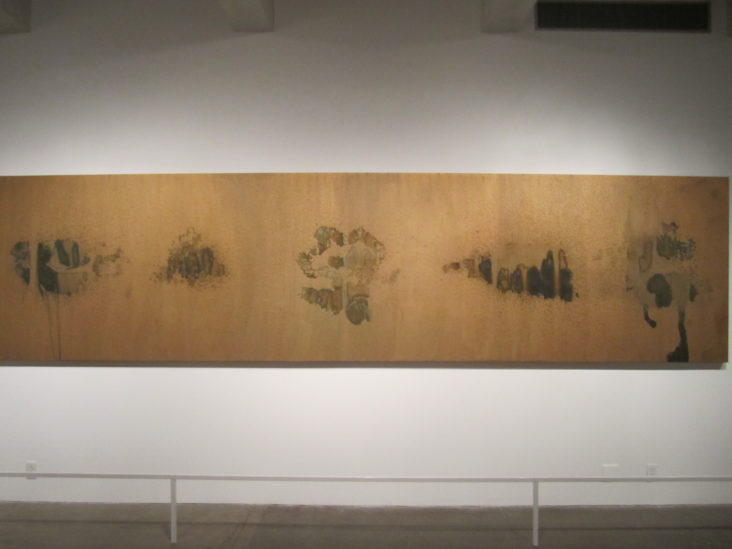


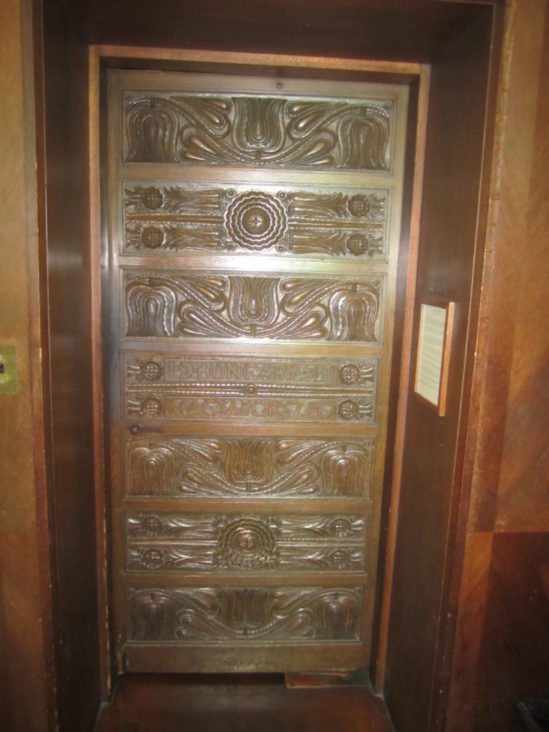
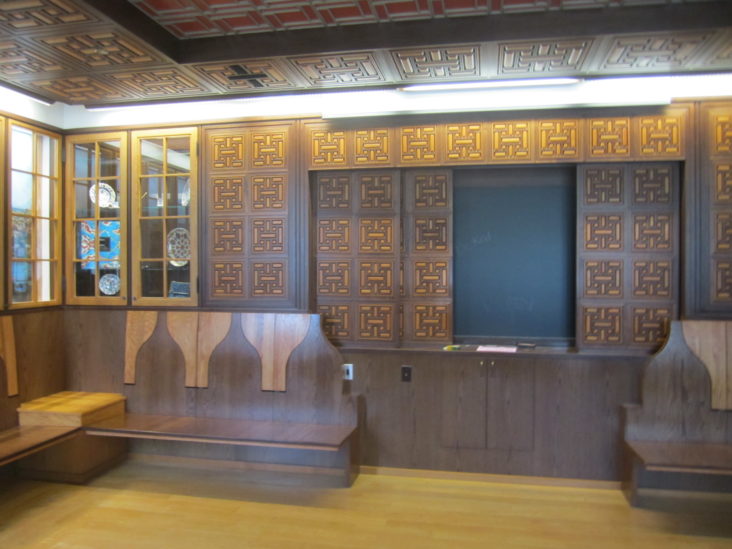
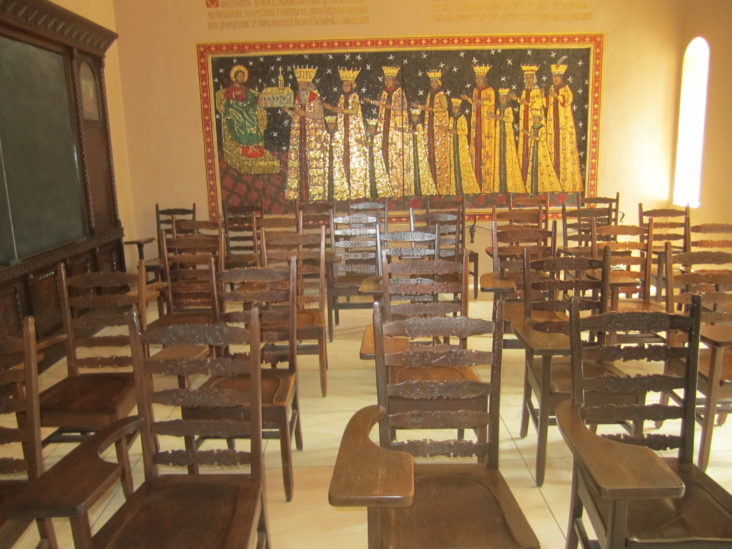


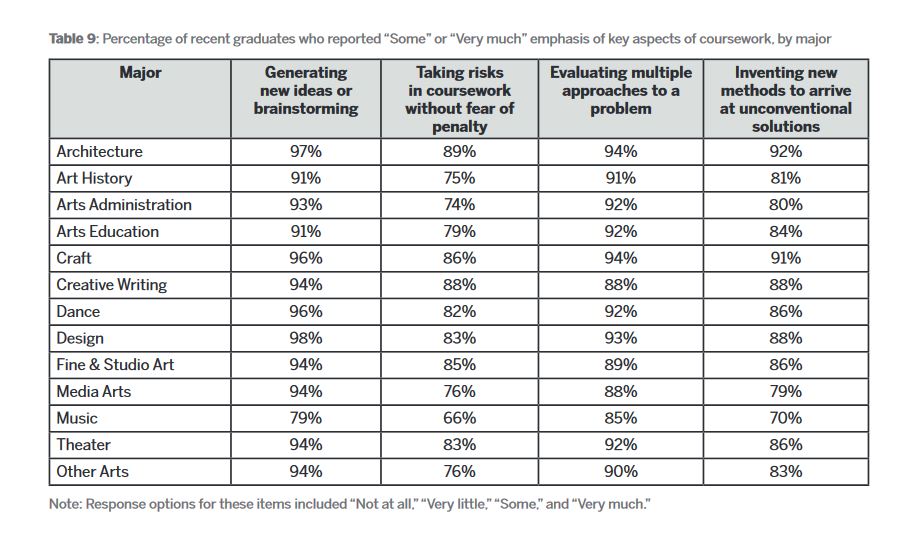

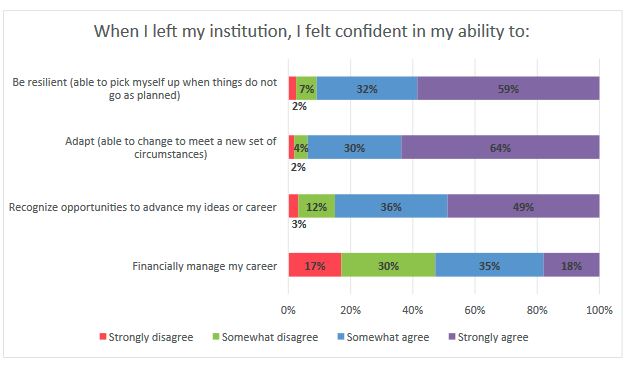

I've been to a few of the Science on Tap events, though I never gave a talk at one of…